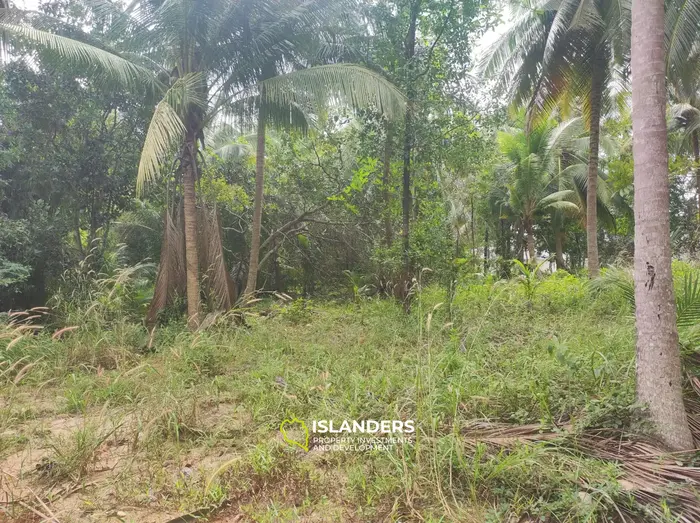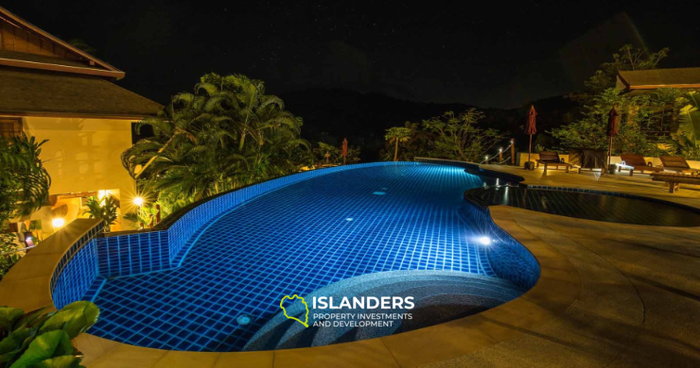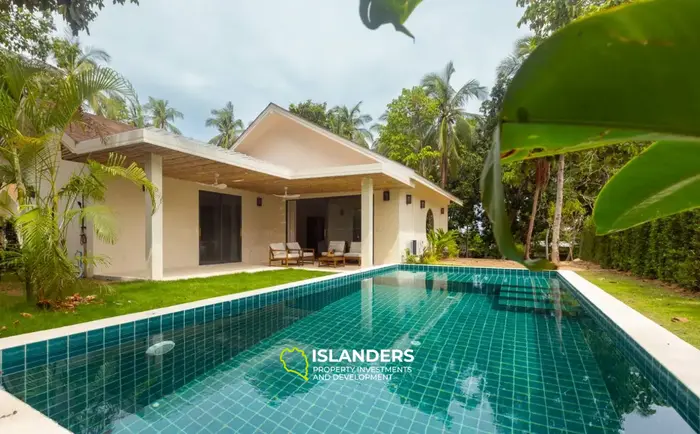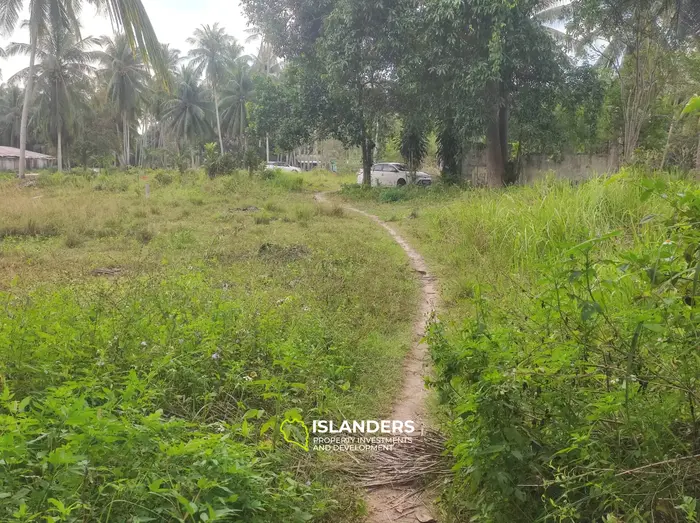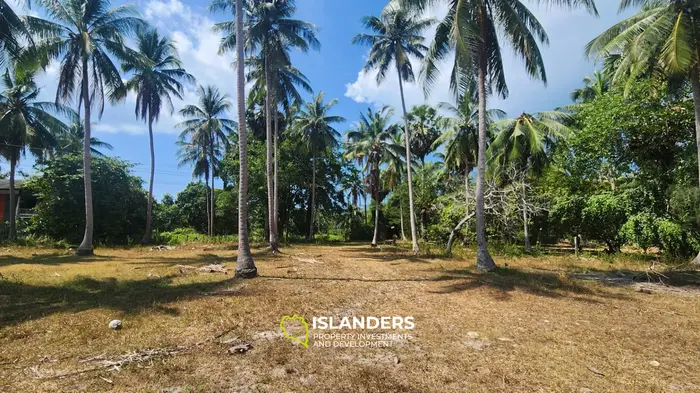Detailed recommendations and a step-by-step review for acquisition teams: search strategy, liquidity assessment, legal and technical due diligence, utilities and logistics, regulatory constraints, deal economics, and closing structure. The goal is to reduce uncertainty and purchase sites with predictable risk.
0) Roles & Decision Gates
Core roles
- Acquisitions Lead — pipeline coordination, seller relations.
- Real-estate attorney — title, encumbrances, contracts.
- MEP engineer — capacities, connection points, schemes.
- Geotech/Surveyor — topo, borings, hydro notes.
- Architect — footprint, setbacks, orientation.
- QS/Estimator — CAPEX + contingency.
- Finance — model, P50/P80, DSCR thresholds.
- PM — build logistics and schedule windows.
Decision gates
- DG-0: Screening. Site enters shortlist.
- DG-1: Utility intent letters. Preliminary confirmations.
- DG-2: Topo + Geotech/Hydro + Zoning verified. Buildable footprint exists.
- DG-3: Financial model with P50/P80. Project clears targets.
- DG-4: Deal terms agreed. Proceed to closing.
1) Strategy & Search Criteria
Objective: define site parameters that deliver target returns at acceptable risk.
- Location: access, views, noise sources.
- Zoning: permitted use, max height/density, setbacks.
- Size/shape: minimums for footprint and truck manoeuvres; “flag lots” with caution.
- Utilities appetite: indicative capacity/points from providers.
- Terrain/slope: tolerable retaining/drainage scope.
- Market: sale/rental demand; comp set and seasonality.
- Schedule: contractor availability, weather windows.
2) Screening & Scoring the Pipeline
Score each candidate on a 0–5 scale across key criteria. Minimum shortlist threshold: 3.5.
| Criterion | Description | Metric/Document | Score |
|---|---|---|---|
| Title/encumbrances | clean title, no arrests/liens | registry extract + statement | 0–5 |
| Access | public or registered easement; widths/turn radii | plan + legal doc | 0–5 |
| Utilities | capacity/points/timelines | letters/terms | 0–5 |
| Zoning | height/setbacks/density fit brief | maps/regulation | 0–5 |
| Terrain/geotech | earthworks magnitude, foundation type | topo/geotech | 0–5 |
| Market | liquidity/demand/comps | market memo | 0–5 |
3) Legal DD (Title/Boundaries/Access)
3.1 Title & chain
- Current title/registry extract + ownership chain for ~10 years.
- No arrests/liens; no active litigation.
- Consents from co-owners/spouses/beneficial owners where applicable.
3.2 Cadastre & boundary
- Plan with coordinates; neighbour boundary consents for recent surveys.
- Area by documents vs on-site reconciled; no overlaps.
3.3 Legal road access
- Public access or registered easement; avoid “informal track” reliance.
- Widths, turn radii, truck turnaround feasibility.
4) Utilities: Capacity & Options
Power
- Available capacity, reliability class, nearest transformer/line.
- Provider letter/terms with indicative cost and timing.
- Risk floor: provision for temporary supply (generation/storage).
Water & Wastewater
- City / well / delivery; water quality and seasonal yield tests.
- City sewer / package plant / septic; groundwater constraints and outfalls.
- Service model for treatment plants; maintenance truck access.
Stormwater & Drainage
- Discharge points and capacity; upstream/downstream flows.
- Engineering for peak rainfall; erosion protection.
Connectivity
- Fiber availability; mobile signal level/latency.
- Smart-home and remote-work requirements.
5) Topography, Geotechnics, Hydrogeology
- Topographic survey 1:500: contours, breaks, trees/structures, spot elevations.
- Geotechnical: bearing capacity, strata, soil aggressiveness; foundation recommendations.
- Hydrology: groundwater by season; backflow paths; need to raise grades.
- Hazards: landslides, floodplains/coastal set-backs, wind/seismic zones.
6) Regulatory Constraints & Design Frame
- Confirm height, setbacks, density; place actual footprint on the topo plan.
- Protected/sanitary zones (shorelines, powerlines, roads, reserves, water bodies).
- Community/HOA rules: facades, materials, fences.
- Required permits: process, timing, review list.
7) Surroundings, Market & Demand
- Future development in pipeline: potential loss of views/insolation.
- Noise/odors/traffic sources: roads, venues, dumps, substations.
- Local market: sale/rental comps, depth of demand, seasonality.
- Build logistics: heavy-vehicle access; seasonal restrictions.
8) Economics: P50/P80 Budget & Scenarios
8.1 Budget & contingencies
- P50: median forecast for cost/schedule.
- P80: conservative level; P50→P80 delta = contingency.
- Disaggregate reserves: materials, logistics, MEP, retaining, drainage.
8.2 Scenarios & sensitivity
- Base / downside / upside; key drivers feed the tornado chart.
- Test IRR/NOI/DSCR sensitivity to utilities, earthworks, timeline, sale/rent prices.
- For high uncertainty, run Monte Carlo (5–10k trials) on core inputs.
9) Negotiation, Deal Structure & Closing
9.1 Tactics
- Price rationale via risk factors: utilities/slope/geotech/constraints = discount.
- Make written utility letters a condition; lack thereof justifies price move or exit.
- Set deadlines and “stop-lights” (conditions after which the deal terminates).
9.2 Structures
- Outright purchase / option / instalments / deferred closing upon conditions.
- Escrow for payments; holdbacks against hidden defects.
- Currency and tax treatment reflected in the model from day one.
9.3 Closing
- Signing checklist; final boundary/access reconciliation.
- Transfer of title; registration of easements/beneficial restrictions (if needed).
- Handover of source survey/geotech/hydro data.
10) Red Flags: When to Walk Away
- No documented legal road access.
- Boundary overlaps or area discrepancies.
- Protected/sanitary zones consume critical footprint.
- Utility providers refuse letters/terms or timing/costs are unacceptable.
- High groundwater with no viable drainage/outfall.
- Steep slopes requiring retaining/piles that break economics.
- Active disputes, arrests, unclear chain of title.
11) Artifacts & Working Templates
Requests & letters
- Utility letter template (capacity, point, timing/cost).
- Water/sewer request (connection or on-site treatment terms).
- Public access/easement request with approach plan.
Checklists
- Legal: title, encumbrances, consents, history.
- Technical: topo, geotech, hydro, drainage, connectivity.
- Design frame: setbacks/height/footprint, target cost per m².
Control table
Suggested columns: Area, Check, Document/Source, Status, Due/Owner, Notes/Cost.
| Area | Check | Document/Source | Status | Due/Owner | Notes |
|---|---|---|---|---|---|
| Title | Encumbrances/liens | Registry extract | Needed | Attorney, 3 d | — |
| Utilities | Capacity/point/timing | Provider letter | In progress | MEP, 7 d | Alt. temporary supply |
| Geotech | 3 borings + report | Geotech report | OK | Contractor, 10 d | Piled strip |
FAQ
What should be checked first — legal or utilities?
Always legal and access first. Without clean title and documented access, any spend on utilities/geotech is at risk.
Are verbal confirmations from providers enough?
No. Only written letters/terms with indicative costs and timelines are accepted in the model.
When is a conditional closing acceptable?
After DG-0…DG-3 are completed and commercial terms are agreed, with remaining risks covered by escrow/holdbacks and explicit conditions precedent.
How to choose between city utilities and on-site systems?
Compare total cost of ownership (CAPEX+OPEX), timing, reliability. If city utilities are unavailable or uneconomic, plan on-site systems with maintenance and backup capacity.
What if groundwater is high?
Raise grades, design drainage/stormwater, select appropriate foundations, and site tanks/treatment units to avoid flotation and leaks.
Minimum artifacts for DG-3?
Utility letters, topo + geotech + hydro notes, confirmed setbacks/footprint, financial model with P50/P80 and tornado analysis, and a risk register with owners.
Next actions
- Assemble a shortlist and complete the scoring table.
- Send utility and access/easement request letters.
- Order topo and geotechnical work for top candidates.
- Build the financial model with P50/P80 and defined contingencies.
- Bring candidates to DG-3, align negotiation plan and deal structure.


